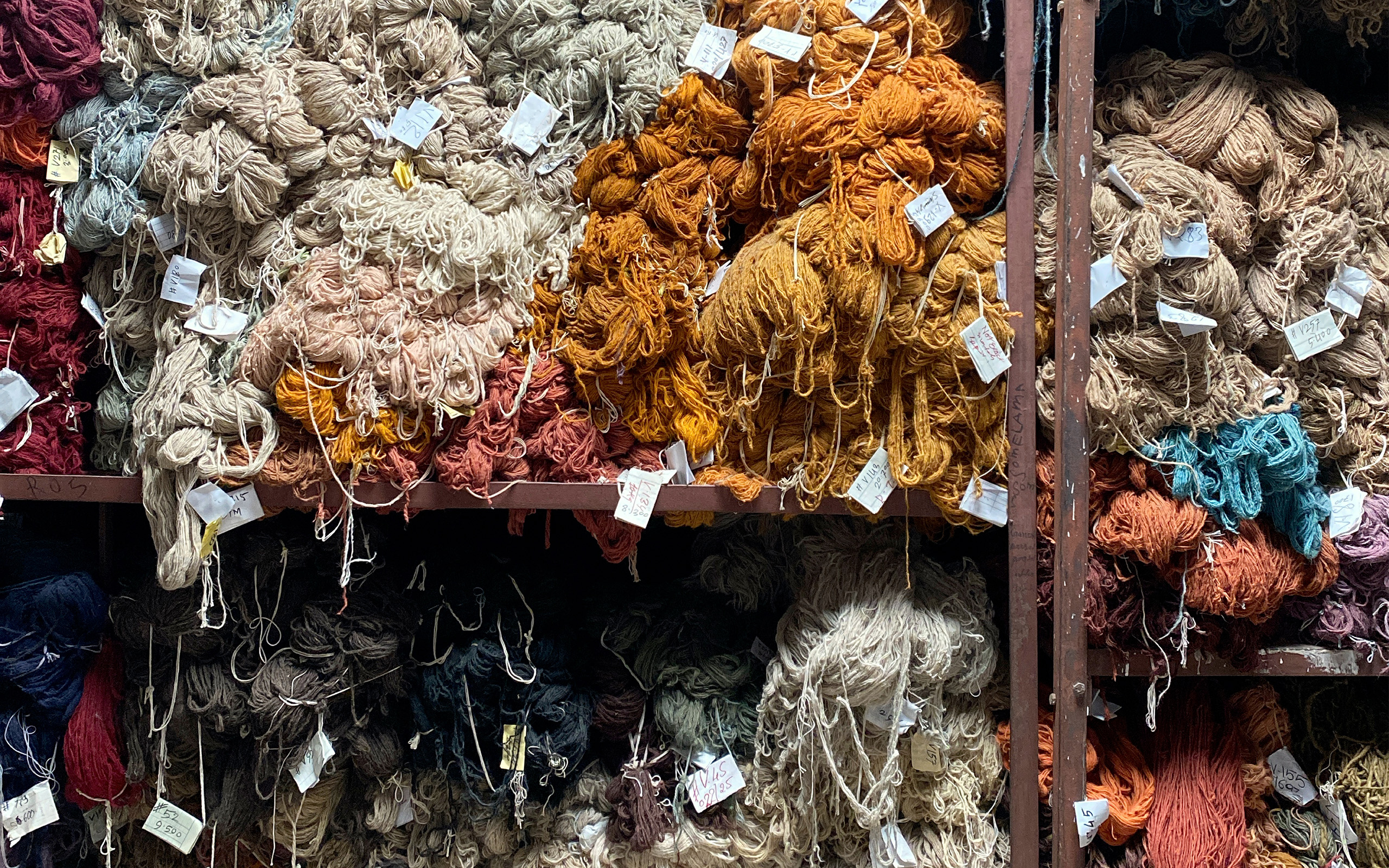Iranian Moderne | Farahan Carpet
Persian and Oriental are two terms whose use in reference to rugs and carpets conjures mental images of familiar designs such as Tabriz, Kashan, Heriz, and Kerman even if the proper names remain unfamiliar or unknown. These designs, just like many others originating in either Iran itself, the geography of the former Persian Empire, and indeed in Central-Asia broadly have also come to be known as so-called Traditional carpets with all three terms used more or less interchangeably, in part due to the region’s former centuries spanning dominance of carpet production and trade. So while there inarguably remain innumerable examples of equally as traditional weaving and design the world over, the aesthetics of Persia have come to monopolize what is known as Traditional, Oriental, or Persian (T.O.P.) design, at least in rugs and carpets from the Western perspective.





